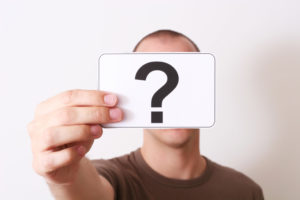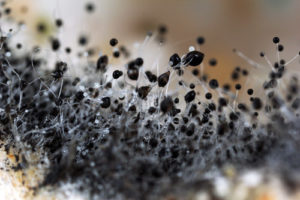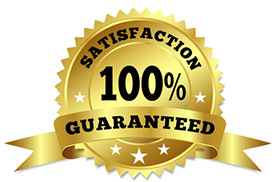Top Mold Exposure Questions for NYC Residents

Got Questions About Mold Exposure? Get the Answers From Stern Mold.
The effects of a mold infestation in your home or building are more far-reaching than you may realize. Our NYC mold treatment experts answer some of the top questions you might have about mold exposure.
Common Questions About Mold Exposure
1. Is it sufficient to clean only major items and surfaces such as furniture, clothing and carpeting?
When it comes to mold, there’s no such thing as “spot” cleaning. Due to their microscopic size, mold spores are present everywhere. Be sure to clean decorative accessories, canned foods, toiletries and everything inside your home or building.
2. How do I clean electronic devices such as computers and TVs?
Clean the casings, then vacuum the openings to extract dust and mold spores.
3. What’s the best way to handle paper items like books and documents?
- Books that have remained closed should be vacuumed carefully, but any books that were open should be discarded.
- Photos can be washed, but frames made from a porous material should be thrown away.
- Documents should be copied or scanned, then the originals should be destroyed.
4. Should I use a fresh cleaning cloth for each item?
The cleaning process alternates between wiping and vacuuming, so you can reuse one cloth.
5. Do I need a special type of vacuum cleaner?
Use a vacuum with a HEPA filter and replace the filter when you are done cleaning.
Stern Mold: The Leader in Effective NYC Mold Treatment
Our proprietary MoldExterm system eliminates mold and leaves behind a protective barrier that prevents future recurrences. Contact us today and schedule a free mold inspection of your home or building with one of our experienced technicians.




